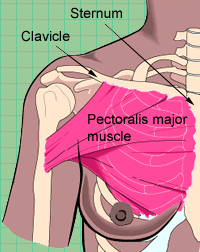Welcome back to the former NeuroChowzy blog, now known as Mediquirks. I decided to restart this blog whilst in medical school because of the exorbitant amount of interesting information we are taught in medical school. This blog will still retain its former purpose of being a layman medical blog, as well as a portal for questions. My former posts are still available for viewing and you can be a follower of this blog, by clicking on "Followers" section on the right.
Please do welcome a fellow contributor to this blog, my girlfriend Grace, who also is in the NUS Medical School.
Today's topic is one which is close to the heart of many, especially guys. It is concerned with the
"cracking" of fingers. Ever pulled your finger forwards, away from your palm before? Or bent your finger and "cracked" your knuckle? You might have heard a distinct crack sound which can't be reproduced for a few minutes after that. This is why:

The joints which you normally "crack" are formed by connective tissues and ligaments which hold the two bones at the joint together in a capsule. There is fluid in the capsule, known as synovial fluid. When the bones are pulled apart, the capsule holding the both bones stretches, creating a vacuum in the capsule. Gases do not dissolve as rapidly and bubbles form in the capsule. When the bones are pulled far away from each other, the pressure drops so low that the bubbles burst, causes a "crack" sound.
It takes some time for these gases to redissolve into the joint fluids, so in the meantime, you will not be able to crack your knuckles or joints again in the same way.
Interesting eh?
 Following a straining jog or run, we tend to rest with our arms akimbo (hands on hips, with elbows facing outwards), as seen in this picture.
Following a straining jog or run, we tend to rest with our arms akimbo (hands on hips, with elbows facing outwards), as seen in this picture.
